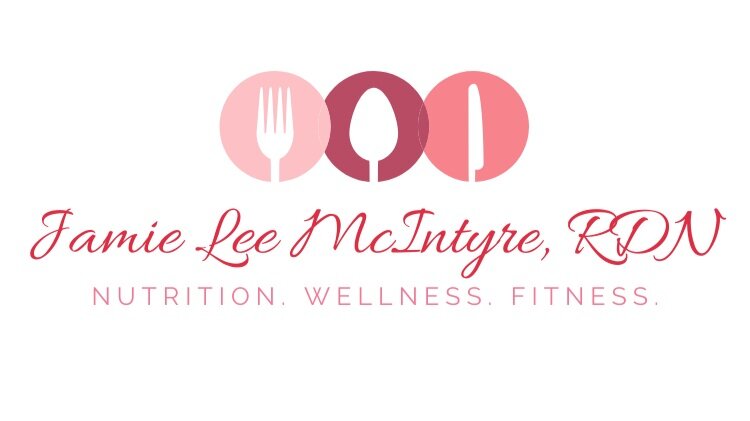Do you need a snack?
Browsing through the “Snacks” section of the grocery store you'll find cookies, pretzels, and chips. Don't be fooled- these are not actual snacks! So what is a proper snack and when should you eat one?
Several hours after a meal blood sugar levels take a dip and the body’s response is to circulate hunger hormones to find food and fight fatigue. When we don’t honor this hunger with a meal or balanced snack, these hormones build up, causing excessive uncontrollable hunger, which leads to the tendency to binge or overeat. To combat this, plan a snack smack dab in the middle of your two meals spaced farthest apart. This may be morning, or afternoon. It will depend on your day’s schedule and may even change from day to day. If you’re particularly busy during the day, or have never thought to have a snack at this time, try setting an alarm on your phone or computer as a reminder.
What makes a snack balanced? A balanced snack is an opportunity to meet nutrient needs, so choosing WHOLE foods often is your best bet, as opposed to processed chips and the like. The combination of a fiber-containing carbohydrate with a protein will release into the blood stream timely, avoiding a blood sugar spike or drop. See items below. Pick an item from each column to achieve this balance. Note the serving size as the portion may be smaller than what you would plan to have at a meal.
Protein Source
¼ cup unsalted almonds
Part Skim Cheese Stick
8oz unsweetened soy milk
6oz light Greek, Icelandic, or regular plain yogurt
¼ cup shredded reduced fat cheddar
1.5 Tbsp. peanut or sunflower seed butter
1 hardboiled egg
¼ cup black beans, drained and rinsed
½ cup thawed edamame
5 oz low fat cottage cheese
¼ cup pumpkin seeds
8oz Low fat milk
Fiber-containing Carbohydrate Source
Pear
Apple
1 cup whole grain O’s cereal
1 cup berries
½ whole wheat wrap or pita
2 Fiber cracker thins
1 cup grapes
¼ cup cooked brown rice or quinoa
¼ cup raisins no sugar added
2 clementines
15 Wheat Thin Crackers
Low Sugar Granola Bar (with at least 3g fiber)
Some bars can be a convenient choice that combines a high fiber carbohydrate and protein source in one portable and pre-made product which can be easy to take on the go since they are shelf-stable, such as Kind Protein Bars, Clif Bars, or RX Bars. The nutrition bar market is constantly evolving, so be sure to read labels and ask a Dietitian which bar is right for you. Generally, a bar that provides over 3g of fiber, and
Lastly, don’t forget to hydrate! Drinking 8-16 oz of a calorie-free beverage like water, seltzer or herbal tea at snack time is essential for controlling hunger. The body mistakes thirst for hunger, so before noshing on more calories, quench your thirst and fill up on some liquid volume to make your snack more filling.
DIY Protein Energy Balls
1/2 cup natural peanut butter
1/4 cup honey
1 tsp pure vanilla extract
2 scoops unflavored whey protein powder
2 tbsp finely ground flaxseed
4 tbsp milled flax and chia blend
3 tbsp unsweetened coconut shreds
3 tbsp mini chocolate morsels
Mix in the first 3 ingredients and stir well. Then add in the rest and mix all together with your hands like a dough. Form into balls roughly the size of ping pongs. If mixture feels dry, add a splash of unsweetened almond milk. Will make around 15-20 balls.
*You can include dried fruit like diced cherries or dates for extra sweetness.
*Make vegan by swapping in soy or pea protein instead of whey. Can swap maple syrup for honey equal parts.

